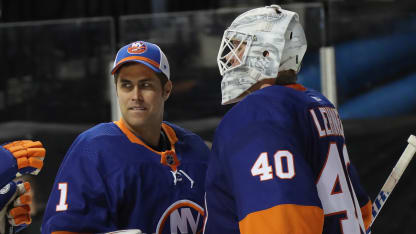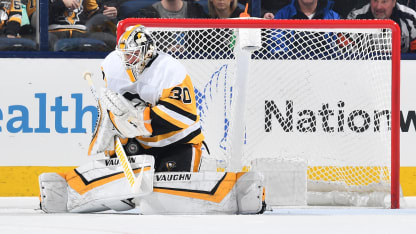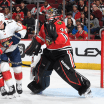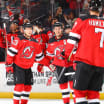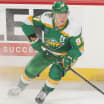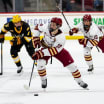This postseason, as many as six teams enter having used a goalie rotation to close out the regular season: the Islanders, Boston Bruins, Carolina Hurricanes, Calgary Flames, Dallas Stars and Colorado Avalanche.
In the case of the Stars, the situation arose because of injuries.
Ben Bishop leads the NHL with a .933 save percentage and is one of the best puck-handling goalies in the NHL, but he has battled lower-body injuries this season, as he has late in several recent seasons. Bishop has been out since March 27 but could play against the Minnesota Wild on Saturday, the final day of the regular season.
That made Anton Khudobin an ideal free agent addition last offseason, in part because he has enough experience in the backup role to handle gaps between starts, but also because he has proven capable of playing at a No. 1 level. His active, rhythm-reliant style seems to get better with a heavier workload. Khudobin has proven that again this season (.926 save percentage in 40 games), giving the Stars a great option if Bishop is injured, as well as the possibility of switching things up if Bishop falters. Khudobin has a less predictable style that can be tougher to pre-scout.
Boston has two unique options in longtime No. 1 Tuukka Rask, who is 27-12-5 with a .915 save percentage in 45 games while playing with a little more flow and reliance on rhythm than playing partner Jaroslav Halak, who is 22-11-4 with a .922 save percentage in 40 games and plays a more neutral, inside-out positional game.
The Avalanche mostly have been riding Grubauer, who has gotten hot late for a second straight season, with two shutouts and a .952 save percentage in his past 13 games. But Semyon Varlamov, who is 20-18-9 with a .910 save percentage in 48 games, has the kind of explosive athleticism and ability to turn around a series.
Carolina has two goalies with near-identical season save percentages but can always start with the athletic upside and late-season hot streak of Petr Mrazek, who is 12-3-0 with three shutouts and a .943 save percentage since Feb. 8, knowing that steady veteran Curtis McElhinney is no stranger to coming in cold and performing in pressure situations.
In Calgary, David Rittich has more wins (27) and a higher save percentage (.911) in 45 games than Mike Smith, who has 23 wins and an .898 save percentage in 41 games. But Smith has playoff experience, can alter an opponent's forecheck with his puck-handling skill, and has kept opponents to two goals or fewer in 10 of his past 12 starts since Feb. 18.
